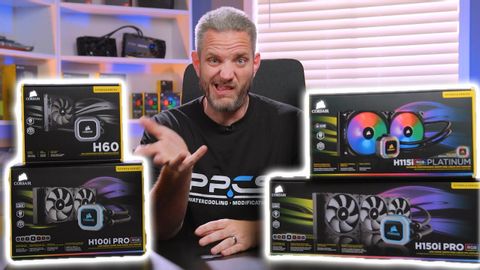
Subtitles & vocabulary
What size watercooler is right for you?
00
林宜悉 posted on 2020/03/19Save
Video vocabulary
sort
US /sɔrt/
・
UK /sɔ:t/
- Transitive Verb
- To organize things by putting them into groups
- To deal with things in an organized way
- Noun
- Group or class of similar things or people
A1TOEIC
More impact
US /ˈɪmˌpækt/
・
UK /'ɪmpækt/
- Noun
- A striking effect or result to hit with force
- Act or force of one thing hitting something else
- Verb (Transitive/Intransitive)
- To hit or strike someone or something with force
- To have a strong effect on someone or something.
A2TOEIC
More capacity
US /kəˈpæsɪti/
・
UK /kə'pæsətɪ/
- Noun (Countable/Uncountable)
- Ability to hold, involve or contain (e.g. liquids)
- Largest amount of something that can be produced
B1
More specifically
US /spəˈsɪfɪkli/
・
UK /spəˈsɪfɪkli/
- Adverb
- As regards a particular thing; closely related to
- In a definite and clear manner.
A2
More Use Energy
Unlock All Vocabulary
Unlock pronunciation, explanations, and filters
